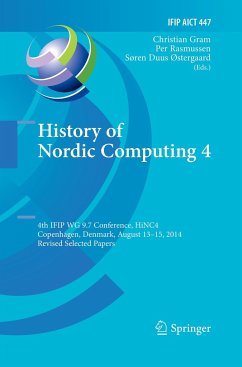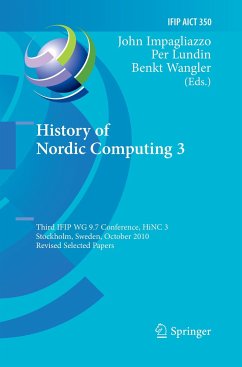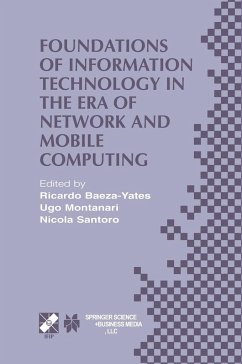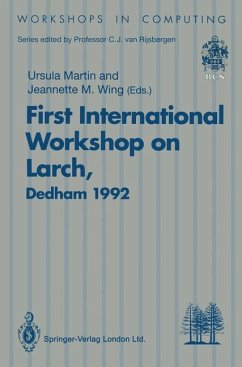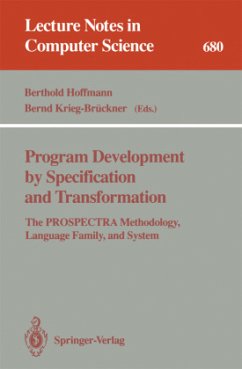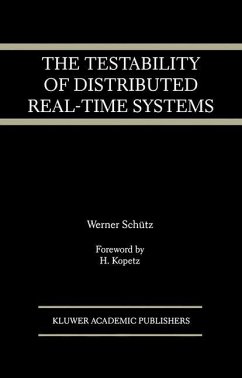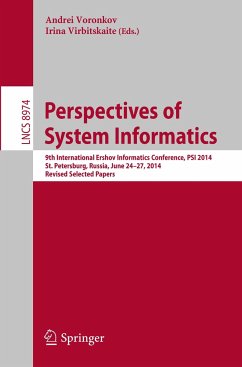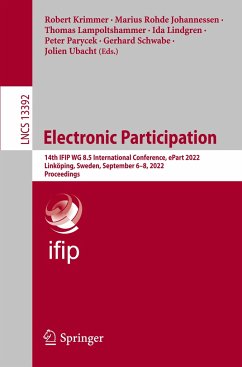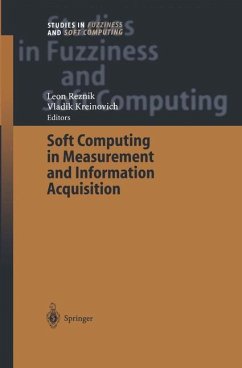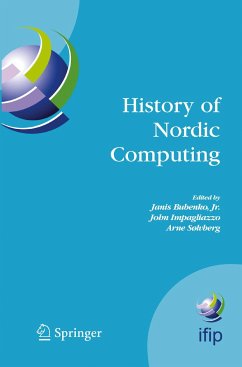
History of Nordic Computing
IFIP WG9.7 First Working Conference on the History of Nordic Computing (HiNC1), June 16-18, 2003, Trondheim, Norway
Herausgegeben: Bubenko, Janis; Impagliazzo, John; Soelvberg, Arne
Versandkostenfrei!
Versandfertig in 6-10 Tagen
76,99 €
inkl. MwSt.

PAYBACK Punkte
38 °P sammeln!
Computing in the Nordic countries started in late 1940s mainly as an engineering activity to build computing devices to perform mathematical calculations and assist mathematicians and engineers in scientific problem solving. The early computers of the Nordic countries emerged during the 1950s and had names like BARK, BESK, DASK, SMIL, SARA, ESKO, and NUSSE. Each of them became a nucleus in institutes and centres for mathematical computations programmed and used by highly qualified professionals. However, one should not forget the punched-card machine technology at this time that had existed fo...
Computing in the Nordic countries started in late 1940s mainly as an engineering activity to build computing devices to perform mathematical calculations and assist mathematicians and engineers in scientific problem solving. The early computers of the Nordic countries emerged during the 1950s and had names like BARK, BESK, DASK, SMIL, SARA, ESKO, and NUSSE. Each of them became a nucleus in institutes and centres for mathematical computations programmed and used by highly qualified professionals. However, one should not forget the punched-card machine technology at this time that had existed for several decades. In addition, we have a Nordic name, namely Frederik Rosing Bull, contributing to the fundaments of punched card technology and forming the French company Bull. Commercial products such as FACIT EDB and SAAB D20-series computers in Sweden, the Danish GIER computer, the Nokia MIKKO computer in Finland, as well as the computers of Norsk Data in Norway followed the early computers. In many cases, however, companies and institutions did not further develop or exploit Nordic computing hardware, even though it exhibited technical advantages. Consequently, in the 1970s, US computers, primarily from IBM, flooded the Nordic market.





